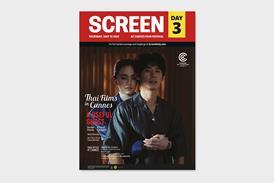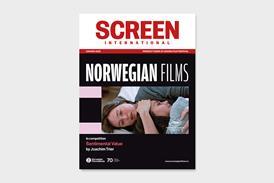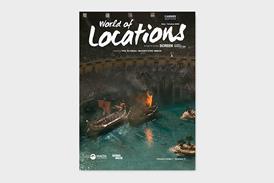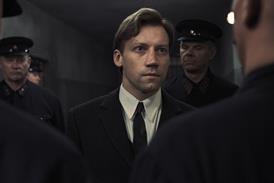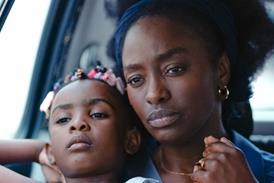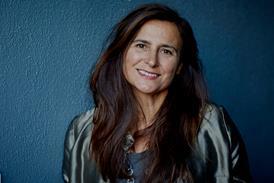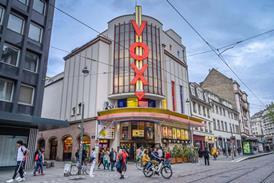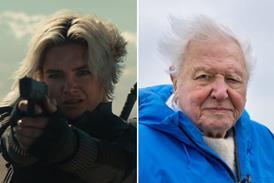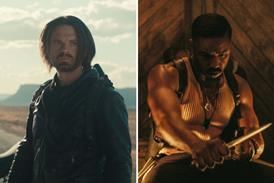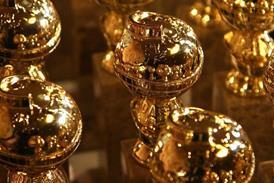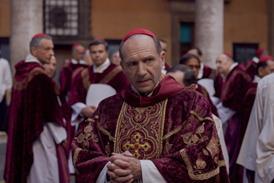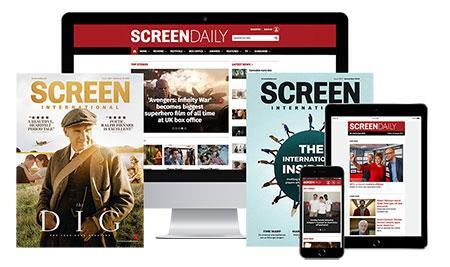40 years later, Guillame Ribot pairs unused footage with Claude Lanzmann’s words to show how the film was made
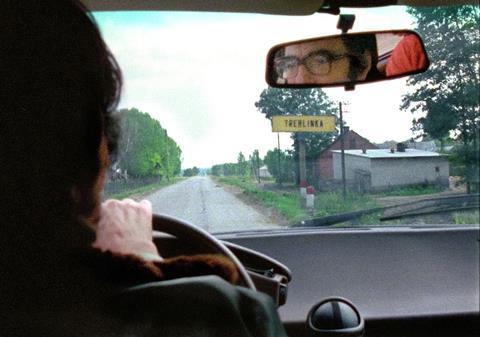
Dir. Guillame Ribot. France. 2025. 94mins
Shoah (1985) is an uncompromising ‘stare into the black sun of the Shoah’ which took 12 years for director Claude Lanzmann to finance, shoot and edit across the ruins of eastern Europe. At over nine hours in length, it is a terrifyingly difficult film – and was always meant to be. At no point did Lanzmann want his viewers to sit easily with the Holocaust (the word Shoah is its Hebrew equivalent). All I Had Was Nothingness is, in a way, the CliffsNotes to Shoah: it’s a documentary on how Lanzmann made the film, using Lanzmann’s unused footage, in which he moves to a more central role. It also explains and contextualises Shoah using his own writings, which is a luxury Lanzmann never gave the viewers of his original work.
A film that frames Shoah, but is also a continuation of it
Lanzmann, whose off-screen legacy became troubling, died in 2018; this film is produced by his widow. It goes without saying that Shoah is eternally important — it is part of UNESCO’s Memory of the World register. It changed everything. Yet that’s a remote position for a challenging piece and All I Had Is Nothingness, timed to be released on the original film’s 40th anniversary, is a film that frames Shoah, but is also a continuation of it – if you can say that of footage which is four decades old.
Anything that leads to Shoah is important, even, or especially, a film about its making which shares the spotlight with its director. Destined for wide festival exposure after its Berlinale Special premiere, Nothingness could easily attract select arthouse distribution. (The similarly-framed Claude Lanzmann: Spectres Of The Shoah aired on HBO and was Oscar-nominated in 2015.) The facts of the Holocaust can and have been twisted, but Lanzmann’s film – and this offshoot – tell truths directly. Lanzmann’s own words, spoken by director Guillaume Ribot in Nothingness, recall how he tried to finance Shoah for years, but couldn’t (no American money was sourced) because it was not made for the purpose of ‘never again’. Shoah is death, or as close as a film can get to it. With – like Shoah – no score, archive footage or fades, Nothingness brings the viewer right back there.
From its very first images, shot inside Lanzmann’s car, Nothingness focuses on the director’s quest to make Shoah by any means necessary. It lets us know how the film started with the singing boatboy, the Jewish Czech survivor of Chelmno, Simon Srebik, who Lanzmann first encountered in Israel. It shows, and tells at the same time, via narration, how Shoah’s purpose became clear to Lanzmann as he went along. How, through the testimonies of the inmates, surviving sonderkommandos and the einsatzgruppen, he aimed to bring the viewer down the precise train tracks and into the killing machines of the gas chambers; in particular Treblinka, which was never designed for any other purpose but death.
That aim – which is not explicitly stated in Shoah – would prove frustratingly difficult, and it eventually saw Lanzmann obtaining a fake passport under a different, non-Jewish name, to film the Nazis who operated the camps by stealth (the remote van footage which is also seen in Shoah). Documenting mass murder and the mass complicity required to accomplish it meant that Lanzmann had to push hard, over years, and here we see him do it. He is driven. Yet we also see chinks: him holding hands with Abraham Bomba, the hairdresser of Treblinka, for example, as the former recounted his work inside the gas chamber. In Israel, finally, he falls into the shoulders of a Warsaw Ghetto survivor, sobbing. ‘Claude, if you licked my heart, it would poison you,’ says Antek.
This is a phenomenal work of editing by director Ribot, with Svetlana Vaynblat. You wonder how they dared, but they approach it with intelligence and sympathy. All the unused footage from the original film – miles of it – was stored in the US National Holocaust Museum and the ‘new’ footage bearing the unfiltered testimonies of the same survivors is as direct as the day they were dragged out from places they hoped to never revisit.
The raw footage – 16mm, scanned in 4k – brings us back to a still-crushed Europe, where the rural peasants of Poland work a medieval countryside, where the echoes of the songs, the sounds of the trains and the tracks linger on. There are not yet any visitor sites, and a bomber-jacketed Lanzmann, with his translators, conduct their interviews in fields, on railway sidings, everyone shrouded in a fog of cigarette smoke.
Famously, Lanzmann believed that the Holocaust should not be fictionalised, but he lived to change his mind on that. He wanted Shoah to be about it nothing else but mass murder, so nothing would ever come between the viewer and the sharp facts of precisely how millions died. Here, though, Lanzmann and his work move towards the same purpose. It turns out, 40 years later, that the struggle to be accurate above all else, to never distort the facts, still continues, and Shoah is still a central defence in it. All I Had Was Nothingness furthers the aim.
Production companies: Les Films du Poisson, Les Films Aleph
International sales: Mk2 intlsales@mk2.com
Producers: Eselle Fialon, Dominique Lanzmann
Screenplay: Guillame Ribot
Cinematography: Created by Claude Lanzmann from Shoah
Editing: Svetlana Vaynblat
Narration: Guillame Ribot based on ‘The Patagonian Hare’ by Claude Lanzmann

